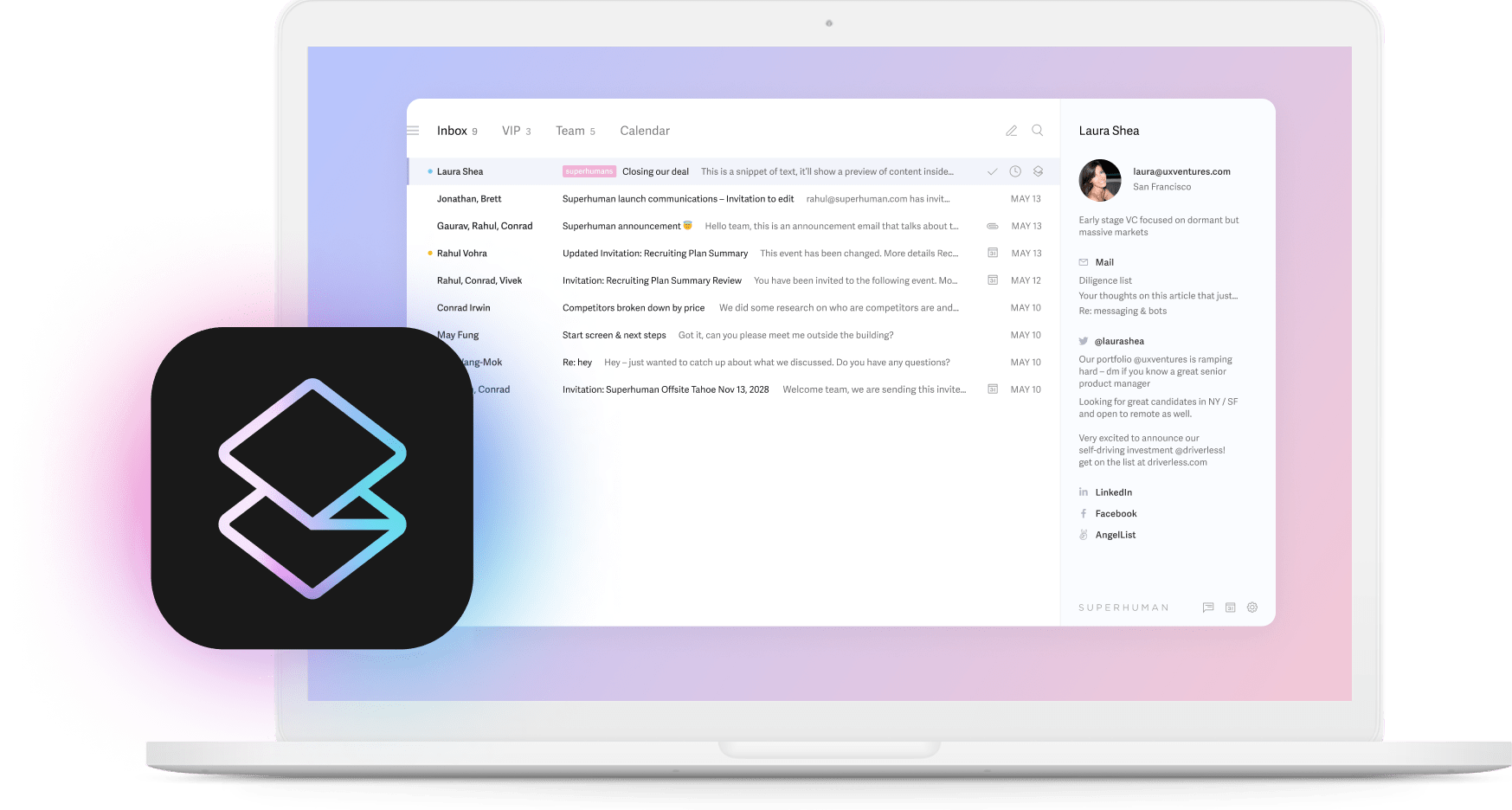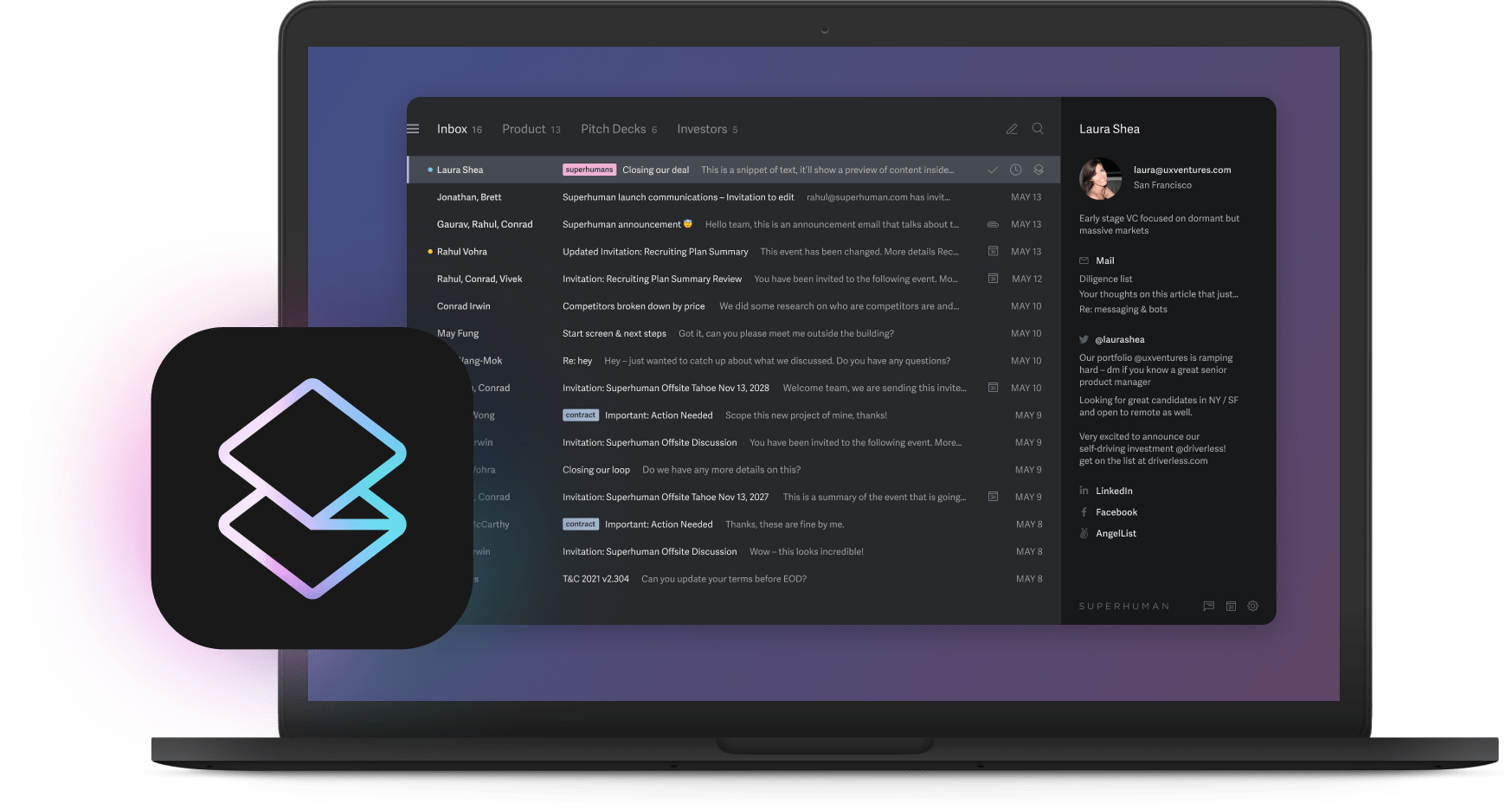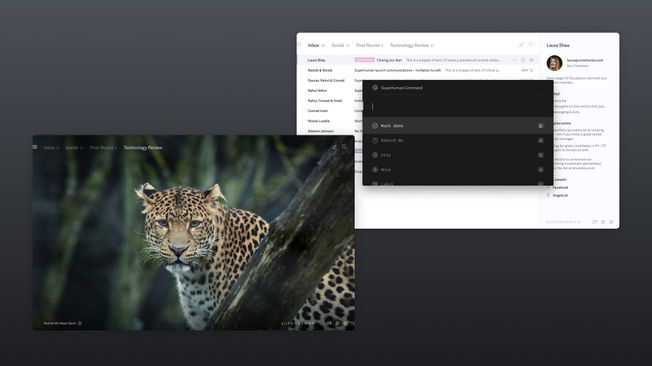
Your competitors are using AI to make decisions faster than you can schedule a meeting about them. While you debate adoption, they're already seeing returns. Workers with AI skills now command a 56% wage premium.
You're losing ground every day you wait. The companies winning with AI completely rewire how work gets done. Three hidden forces reshape business faster than most executives realize. The talent paradox shows how automation boosts productivity while destroying future leadership pipelines. The speed trap reveals how compressed decision cycles reward quick movers but punish those who cut corners. The defensibility crisis exposes how open-source models and rapid imitation destroy traditional competitive advantages.
The talent paradox: when automation creates scarcity
Companies automate routine work. Productivity jumps. Then something unexpected happens. The same automation that makes teams efficient prevents junior employees from learning through experience. When algorithms handle the messy problems where judgment develops, you lose tomorrow's leaders.
Think about how people actually learn. Junior employees make mistakes on small projects. They see patterns in routine work. They gradually take on bigger challenges. Remove those early steps, and the entire development pipeline breaks. Lighthouse Advisory warns that today's efficiency gains could mean tomorrow's leadership crises.
The talent paradox research shows how automation flips traditional hierarchies. When junior employees equipped with AI tools outperform senior staff using traditional methods, promotion criteria shift overnight. Years of experience matter less than ability to work with AI tools. Traditional career paths collapse when technology levels the analytical playing field.
Specialists who build and tune models command huge premiums. Meanwhile, algorithms threaten routine positions in the same companies. Your hiring gets faster through automated screening, but you miss unconventional candidates who could become your best performers.
Companies now tie bonuses to knowledge-sharing and mentoring, not just model accuracy. They run cross-training sprints pairing data scientists with domain experts. They acquire small tech-native firms to import both code and culture before wage inflation makes those skills unaffordable. Superhuman's Shared Conversations feature helps teams collaborate directly on important decisions, keeping human judgment central while AI handles routine tasks. The question every leader faces is how to build leadership depth when algorithms handle the early learning curve.
The speed trap: when velocity becomes dangerous
Every company wants to move faster. AI promises instant analysis, automated decisions, and competitive advantage through speed.
Watch for warning signs. Model drift happens in hours instead of months. Competitors release products every few days. Leadership meetings rubber-stamp decisions already made by algorithms. Your governance can't keep pace with execution.
The solution requires real-time data loops with clear authority limits. Teams closest to action operate within boundaries while governance reviews patterns, not individual choices. RSM research confirms that sustainable speed comes from rapid prototypes paired with disciplined checkpoints.
Launch small, gather feedback, adapt quickly. Build hard stops for reassessment even when metrics look good. Superhuman customers respond to email twice as fast when using AI, maintaining quality through features like Auto Summarize that provide context before quick decisions. The critical question becomes which decisions now happen faster than your oversight can monitor.
The defensibility crisis: why moats disappear overnight
Your competitive advantages are evaporating. Scale, brand, patents, proprietary data all mean less every month. Open-source models let startups replicate features overnight. Cloud infrastructure eliminates capital requirements. Synthetic data generation reduces the value of proprietary datasets.
Research shows how quickly differentiation disappears. Features that took years to develop get cloned in weeks. Patents matter less when implementation paths multiply faster than legal processes move. Brand loyalty weakens when AI agents make purchasing decisions based on real-time performance metrics.
Legal exposure compounds the risk. Courts increasingly treat algorithms as risk amplifiers. One flawed model or biased dataset could trigger settlements that destroy years of value creation.
New forms of defensibility emerge through context-rich workflows. Tools deeply embedded in customer operations capture behavioral data others can't access. Superhuman's AI learns from your actual email history to match your tone and style, something generic tools can't replicate. Companies like Hebbia gain advantage through workflows so embedded in daily operations that switching becomes unthinkable.
Building resilience requires new tactics. Maintain experiment portfolios with explicit kill criteria. Sunset anything below 10x improvement. Embed technology within customer workflows for billing, design, and compliance. Data and habits create natural lock-in. Map constantly where rivals can copy and where proprietary context matters. Split Inbox automatically organizes priorities based on your specific workflow, creating value that grows with use.
The path forward
Start with core workflows. Email, messaging, and calendar consume more than half of every workday. Tools enhancing these workflows deliver immediate returns. Superhuman users process 72% more emails per hour, with features like Instant Reply that draft responses you refine, keeping your voice while saving time.
The companies mastering these dynamics gain compounding advantages while others face accelerating irrelevance. The path forward is simple. Pick your highest-impact workflow. Ship something real. Start today.





